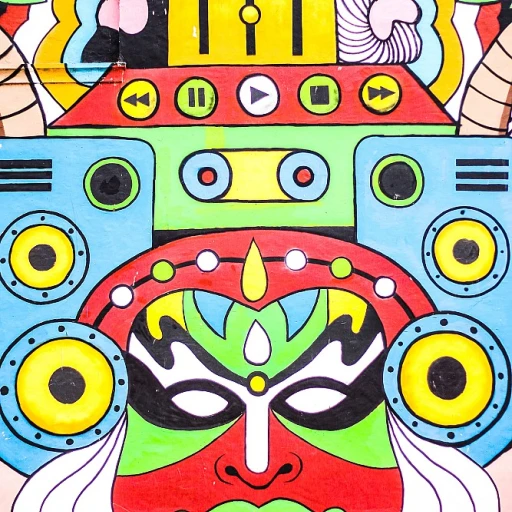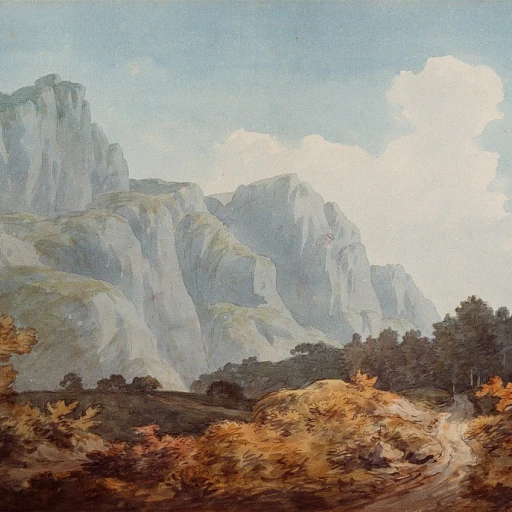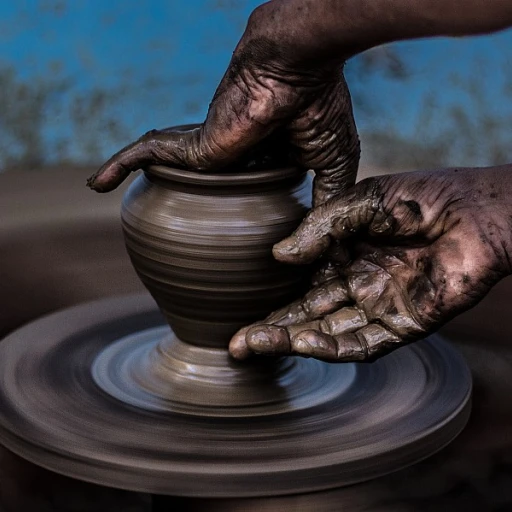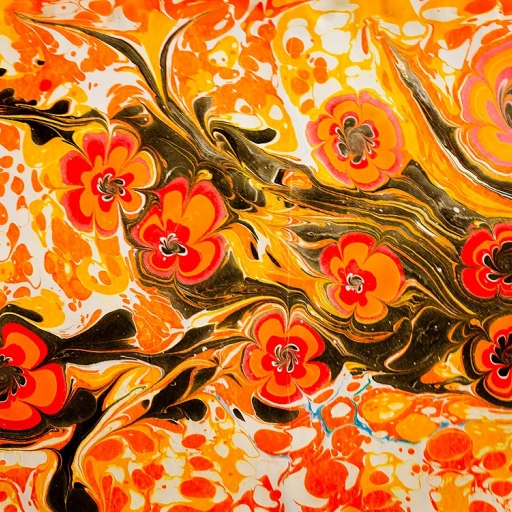The Historical Roots of a Revered African Tradition
The Ashanti stool, an exceptional piece of African artistry, traces its roots back centuries, deeply embedded within the cultural fabric of the Ashanti people from Ghana, West Africa. This hand-carved, wooden stool is not merely a functional item; it symbolizes a profoundly significant amalgamation of history, art, and cultural identity.
Originating in the early century among the Ashanti, or Asante as often referred to, the stool has served as a cornerstone of the social structure in Ghana. Steeped in traditions that have spanned generations, these stools are known in various forms including the renowned Golden Stool, a revered symbol of the soul of the Ashanti people. Each design echoes a narrative of tribal art and bespoke craftsmanship, where ancestral stories are carved into every inch of wood.
These stools have transcended their initial purpose from being merely utilitarian to becoming sophisticated embodiments of African style and history. The process of creating a stool involves meticulous hand-carving techniques using rich, durable materials native to the region. Historically, only the finest wood, particularly from trees considered to be sacred, was selected, contributing to the category of luxury art that these pieces enjoy today.
During the mid-century, the Ashanti stool gained recognition beyond Africa, influencing modern art forms and making its mark in antique collections worldwide. As a vital piece of tribal art, it is a testament to the resilience of Ashanti traditions, which continue to flourish and remain relevant in contemporary culture.
Priceless in its cultural and artistic value, owning an African Ashanti stool is akin to possessing a piece of African heritage. It stands proudly among other vintage collectibles, its significance further augmenting with time. Indeed, its presence in collections is not just about the price or aesthetic appeal, but a dedication to preserving and celebrating the magnificence of African artistic legacy.
To explore more about how historically rich artworks possess lasting influence, you can read about the
artistic legacy of landmark creations.
Cultural Symbolism and Meaning
The Cultural Essence Encapsulated
The Ashanti stool isn't merely a piece of furniture; it is a profound cultural emblem that holds significant meaning across Africa, particularly in Ghana. These stools, known for their iconographic richness, belong to the intricate tapestry of African artistry.
Each stool is a vibrant statement of identity, traditionally employed in royal ceremonies and everyday life. Their presence isn't solely decorative but deeply connected to tribal lineage and spiritual beliefs. The Ashanti stool captures the essence of the Ashanti tribe’s cultural conveyor belt; their vibrant stories etched into the supple grain of its wood.
Sometimes referred to as the ‘Golden Stool’ due to its symbolic status among the Asante people, the wooden stool personifies authority, wisdom, and the soul of the Ashanti nation. Often incorporated in ceremonial practices, these stools serve as a focal point to connect the people to their past while carrying their traditions into the modern world.
Indeed, the African Ashanti stool transcends its functional genesis and becomes a symbolic archetype. The intricate patterns carved into each piece narrate tales of valor and kinship, bridging myth with history. In contemporary settings, these stools are celebrated beyond Africa as timeless representations of cultural finesse and artistic endeavor.
The prominence of the Ashanti stools in art collections reveals their enduring legacy, illustrating the profound impact of African heritage on the global art scene. Their distinctive vintage appeal, characterized by hand-carved, peerless patterns, beckons art enthusiasts to explore and celebrate an era where every carving told a story.
Artistic Craftsmanship and Design
Exceptional Craftsmanship and Timeless Design
The Ashanti Stool stands as a remarkable testament to the meticulous artistry and design brilliance of West African artisans. Hand-carved from premium materials, primarily wood, each stool reflects the rich heritage and identity of the Ashanti people. The stool's creation involves not just skilled craftsmanship but imbues cultural stories, making each piece a unique work of art and a cherished cultural relic.
Ashanti stools, whether vintage or contemporary, maintain a signature style, often recognized for their distinctive curved seats and confident stature. This traditionally recognizable design is closely associated with the Ashanti kingdom of Ghana, often embodying its regal history and societal values through intricate patterns and symbolic carvings.
Each African Ashanti stool carries nuances of tribal art, where the choice of wood and the carved motifs convey cultural narratives and ancestral reverence. The craftsmanship seen in these stools parallels the artistic dedication witnessed in other fields of luxury artwork, as discussed in
exploring the intricate world of Louise Despont's artistry, highlighting the timeless elegance and nuance of handmade artistic expressions.
Incorporating an Ashanti stool into a modern or even mid-century interior setting not only elevates the style but also celebrates the enduring appeal of African artistry. Their aesthetic versatility allows them to transition seamlessly into art deco or contemporary decor spaces, acting as quintessential conversation starters.
Ashanti stools continue to capture the interest of collectors worldwide, with their price and value reflecting both historical significance and the exceptional skill required in their creation, making them not merely decorative items but sophisticated investments in cultural heritage.
Modern Reinterpretations in Art
The Ashanti stool, with its rich historical and cultural narrative, continues to inspire contemporary artists globally. Its timeless elegance and intricate craftsmanship have not only carved (pun intended) a niche in the world of vintage collectors but also influenced modern art trends, blending traditional African aesthetics with modern sensibilities.
The 20th century witnessed the Ashanti stool becoming an emblematic element in the art deco movement, echoing the mid-century desire to incorporate antiquity with modern materials. This style introduced the delicate balance of simplicity and sophistication, appealing to art enthusiasts who cherish the fusion of old-world charm and contemporary design.
Today, the Ashanti stool remains a sought-after 'piece' in the 'antique' and 'art deco' categories, often gaining a spotlight in exhibitions that celebrate 'tribal art' and African heritage. Its presence in galleries showcases the seamless integration of 'authentic' craftsmanship and modern creativity, providing a platform for artists to reinterpret the 'West Africa' narrative through a global lens.
Whether hand-carved from 'African Ashanti' woods or crafted using contemporary methods while maintaining traditional 'Ghanaian' aesthetics, these stools transcend as not mere furniture but sculptural pieces that resonate with cultural richness and artistic innovation. This evolution in art indicates both reverence for and reinvention of classical motifs, underscoring the Ashanti stool's key role in preserving and advancing cultural heritage.
Luxury in African Heritage: Investing in Ashanti Stools
The allure of the Ashanti stool lies not only in its storied history and rich cultural symbolism but also in its unique potential as a luxury art investment. For collectors who appreciate both the artistic craftsmanship and the cultural heritage embedded in these wooden stools, the Ashanti stool holds a special place in the pantheon of collectible art.
The increasing appreciation for African tribal art has resulted in the Ashanti stool gaining recognition beyond its origins in Ghana. As collectors seek out pieces that offer both aesthetic appeal and cultural richness, investing in Ashanti stools remains a wise decision. By acquiring these hand-carved masterpieces, art enthusiasts are not merely purchasing a decorative item; they're securing a link to the deep-rooted traditions of the Ashanti people.
Boasting a legacy that dates back centuries, these stools are meticulously carved out of wood, making each piece a unique representation of West African artistry. The distinctive traits of the Ashanti stool—embodying both antique and modern influences—make it a standout piece in any collection, regardless of the prevailing art decor style.
Prices for authentic Ashanti stools can vary considerably based on factors such as age, material, and provenance. The spectrum ranges from vintage or mid-century versions, each with their own charm, to contemporary adaptations that continue to capture the imagination of artists and collectors alike. Understanding the category of the stool—be it a traditional golden stool or a more modern interpretation—can significantly impact its collectible value.
Preserving these pieces not only serves as a testament to the artistic prowess of the Asante carvers but also as a commitment to maintaining living links to Africa's cultural heritage. When investing in an African Ashanti stool, one secures not just a piece of art, but a piece of the continent's history, which continues to inspire modern creations.
Preserving Cultural Heritage Through Art
Safeguarding the Ancestral Legacy
The Ashanti stool, an iconic piece of African art, stands as a testament to the vibrant cultural heritage of West Africa, specifically from Ghana. Throughout the centuries, the significance of these hand-carved wooden stools has transcended mere functionality, symbolizing a profound cultural narrative that spans generations.
In today's modern art world, the Ashanti stool is more than a decorative object; it is a bridge connecting the past to the present. Its carefully carved design and intricate craftsmanship reflect the artistry of early century craftsmen, whose skills have been passed down through the ages. By preserving these pieces, collectors and art enthusiasts alike play a vital role in maintaining the continuity of African ashanti tribal art.
As global interest in vintage and antique categories of African stools grows, the importance of preserving these hand-carved pieces becomes ever more crucial. Not only do they embody the artistic style of the Asante people, but they also serve as cultural symbols that represent a unique and rich history. The Ashanti wood, often used in the construction of these stools, mirrors the resilience and beauty of Africa itself, offering a narrative carved into every groove and curve.
For those who appreciate the elegance of mid-century and art deco design, the Ashanti stool offers a unique blend of cultural symbolism and aesthetic appeal. Collecting these pieces ensures that the stories, traditions, and artisan craftsmanship of Ashanti and broader African communities are not lost to time. By integrating such artwork into modern settings, collectors help to foster a greater understanding and appreciation of Africa's artistic heritage.
Investing in Ashanti stools is more than a pursuit of luxury art; it is an homage to the artists who carved their legacy from wood, a celebration of the cultural tapestries that weave through Africa Ghana, and a commitment to preserving an invaluable part of our shared global heritage.
-teaser.webp)














